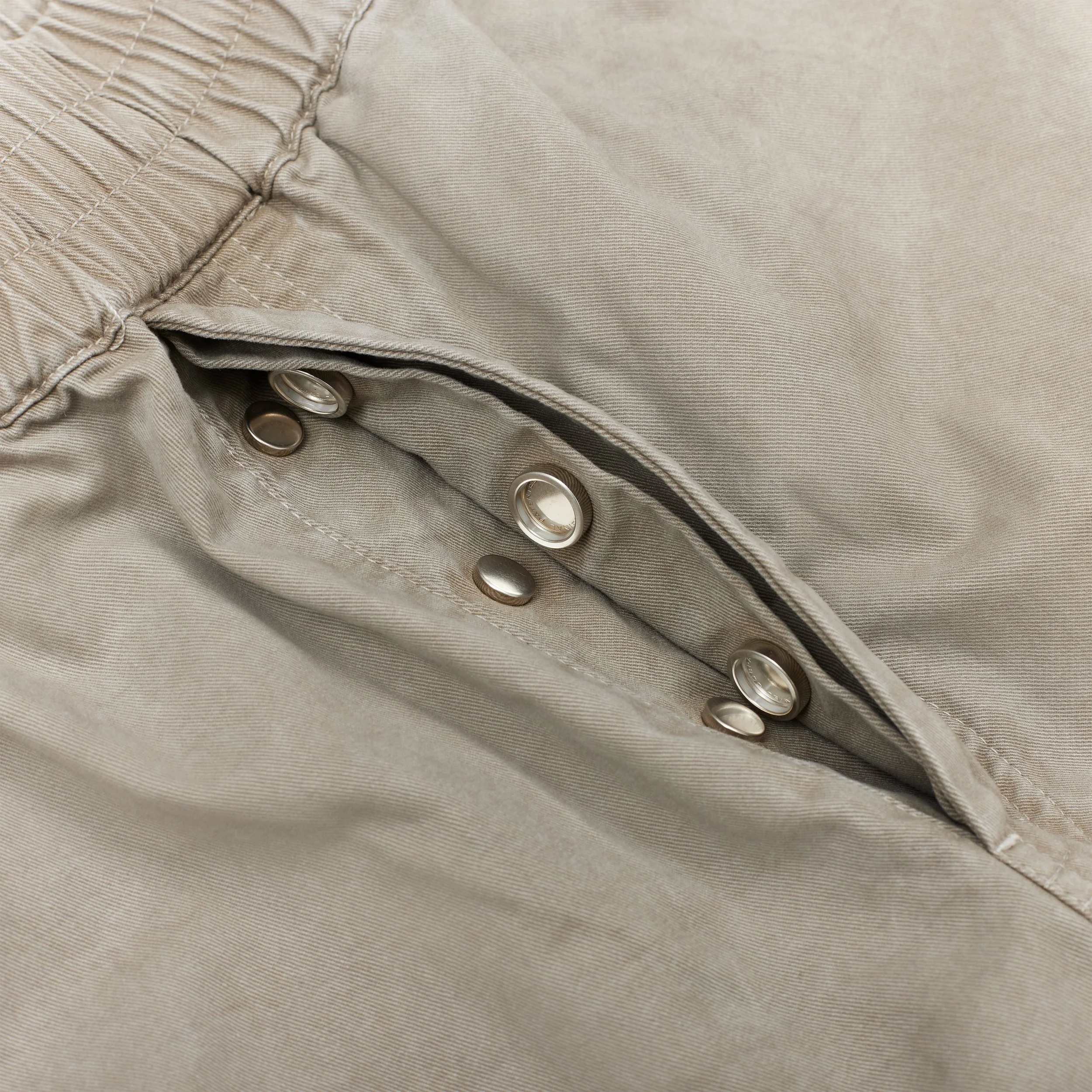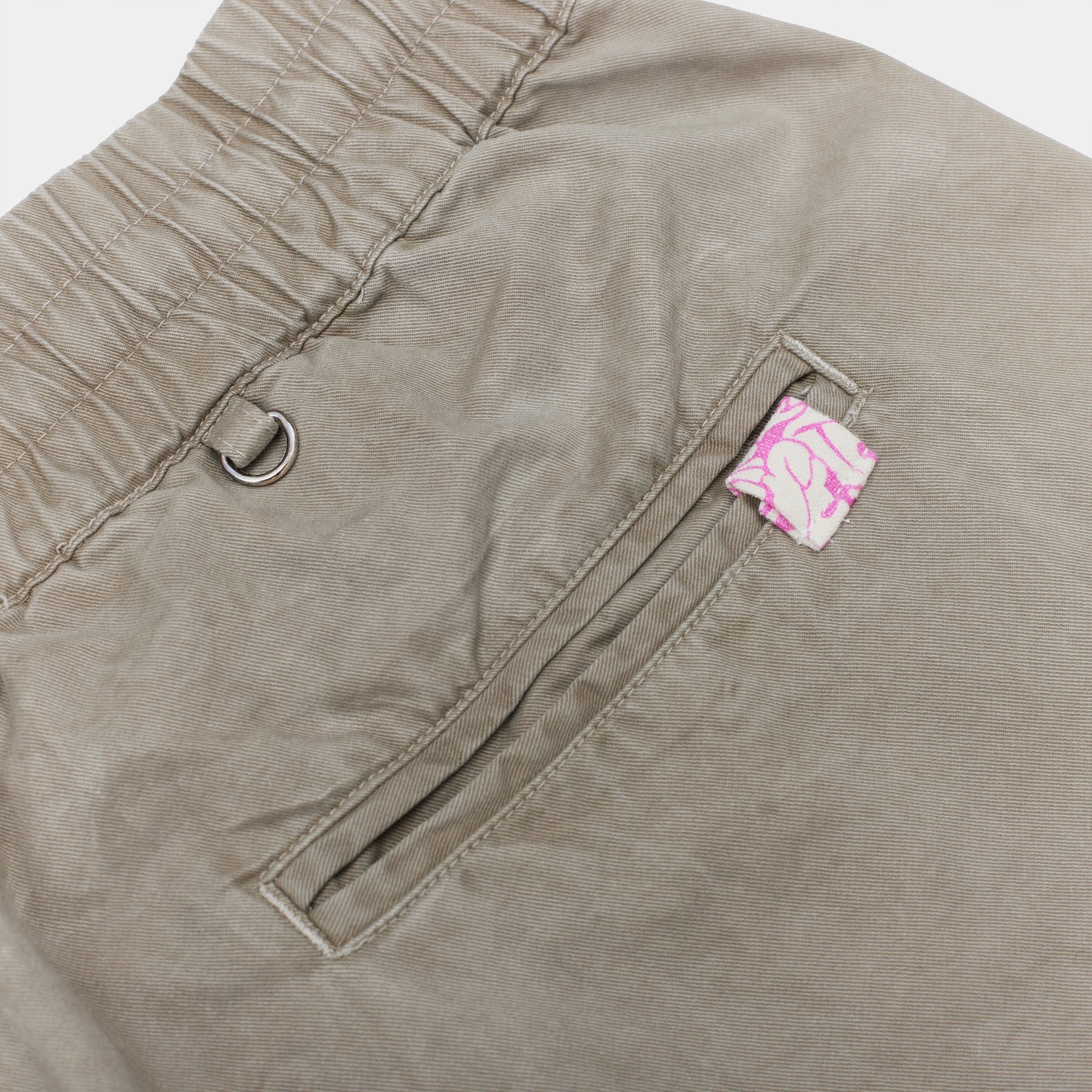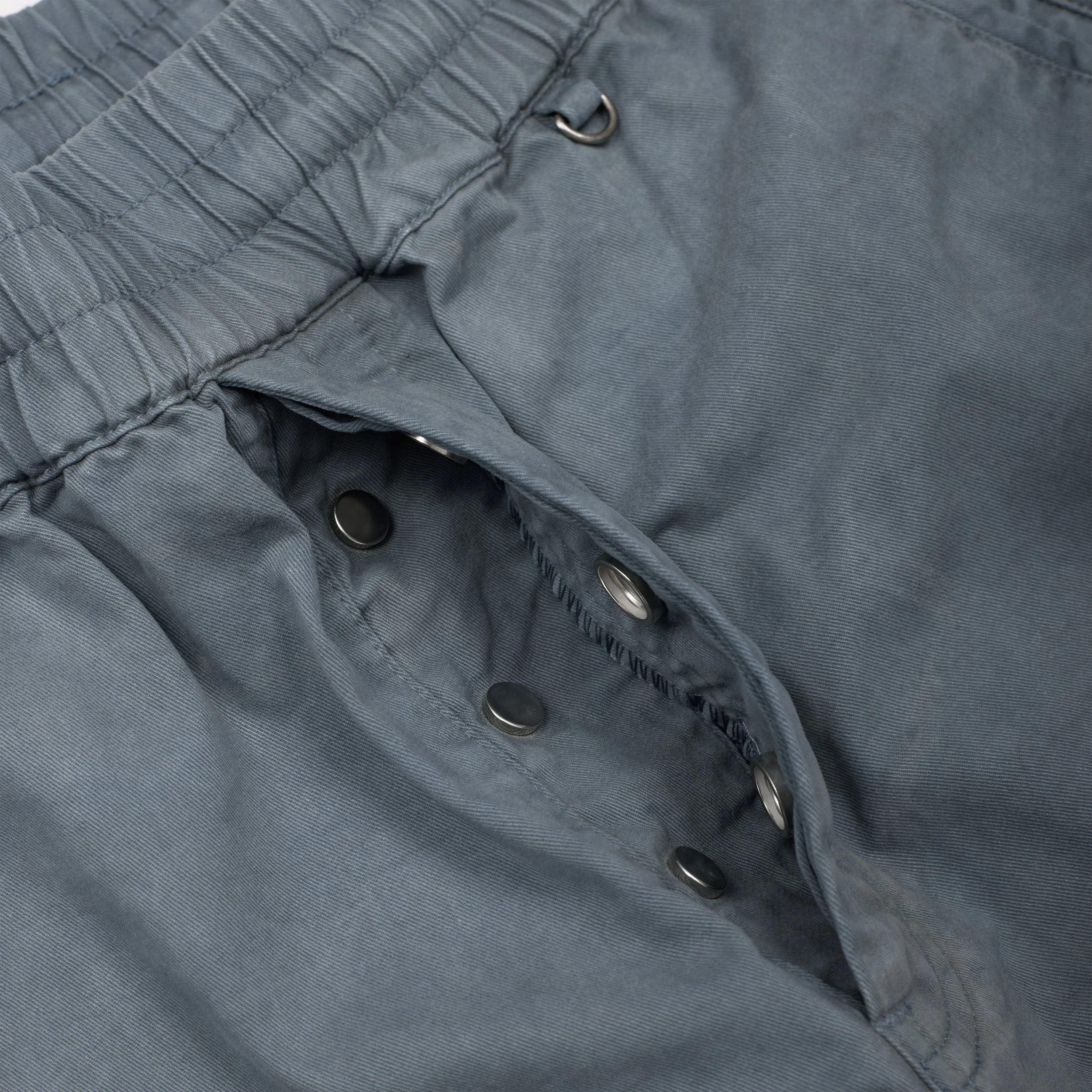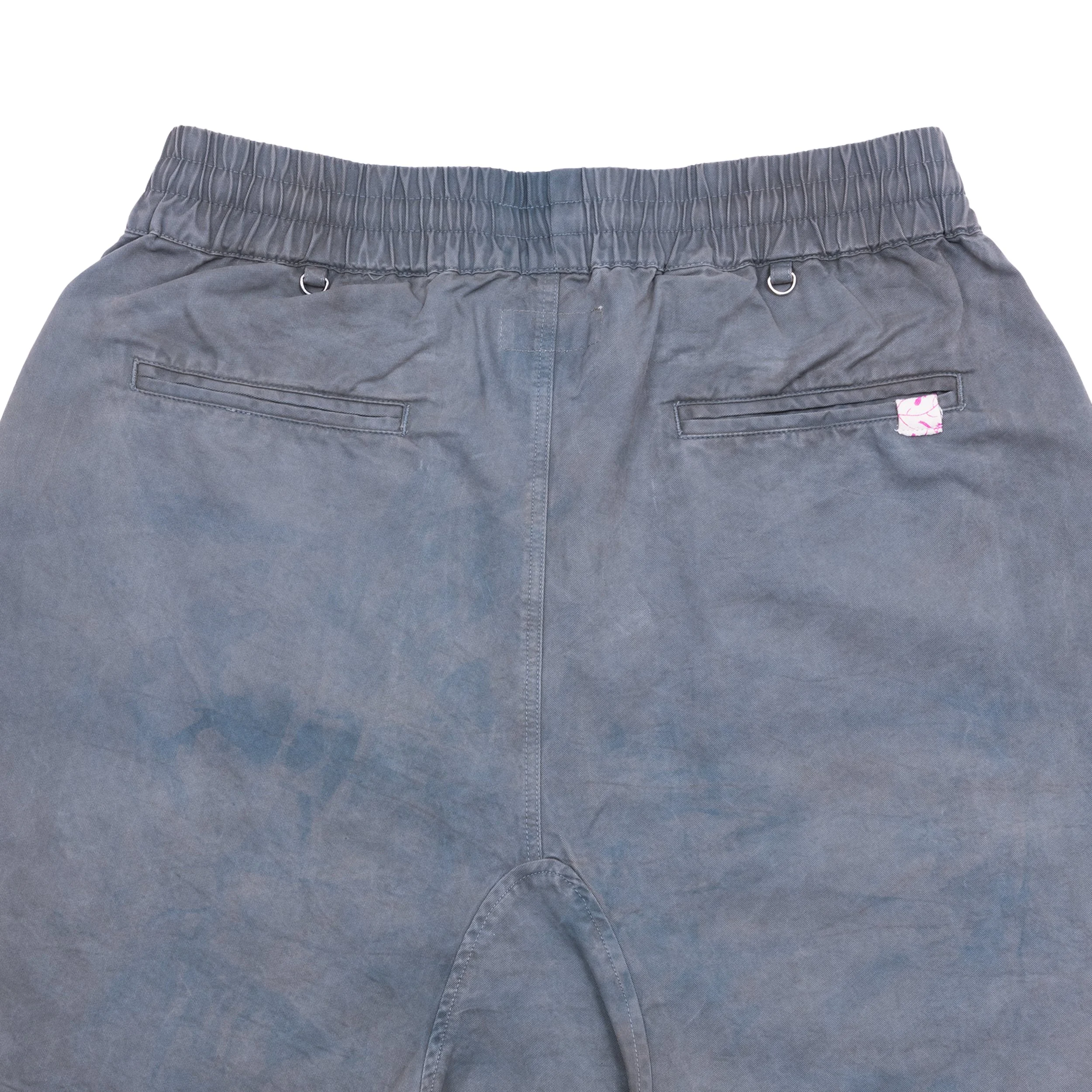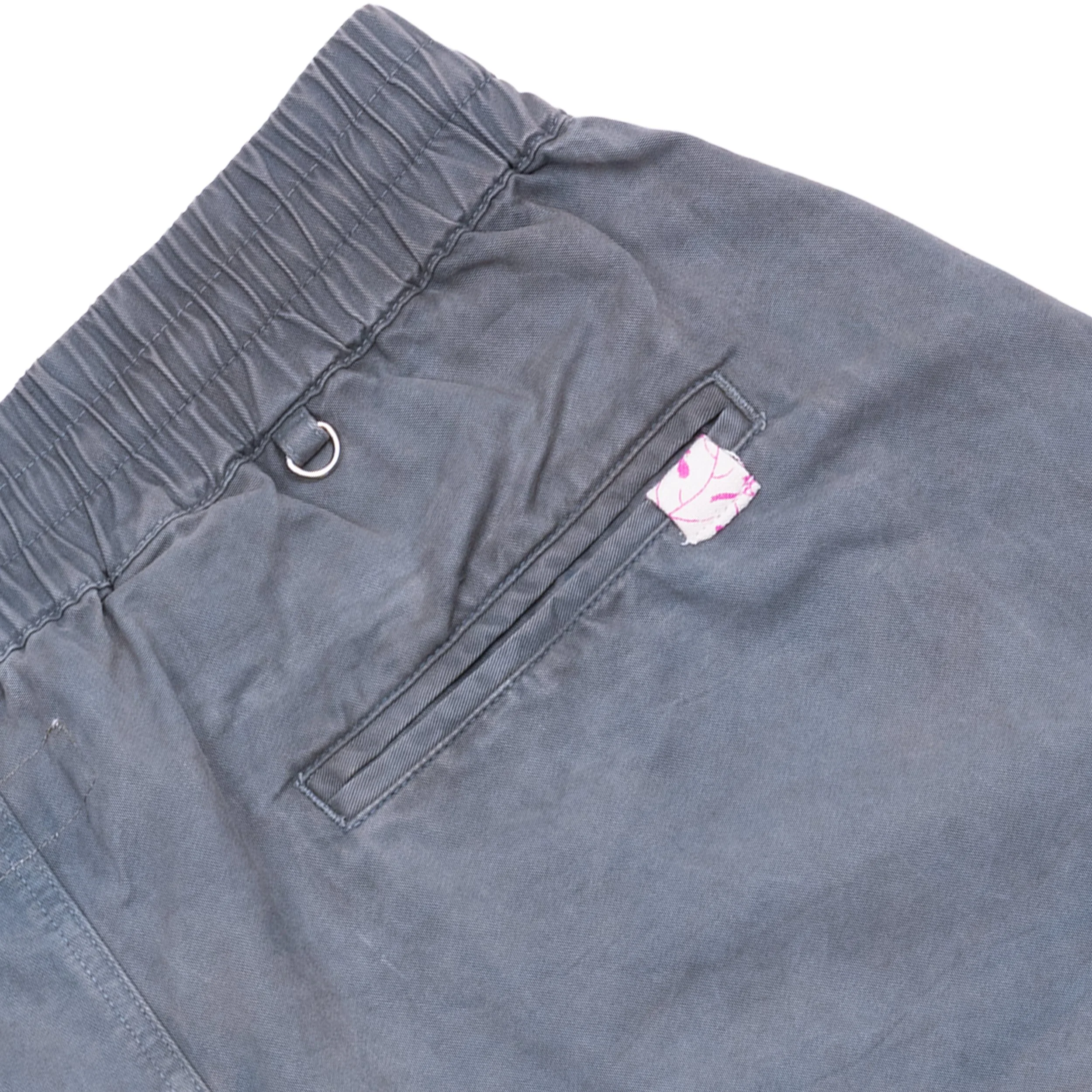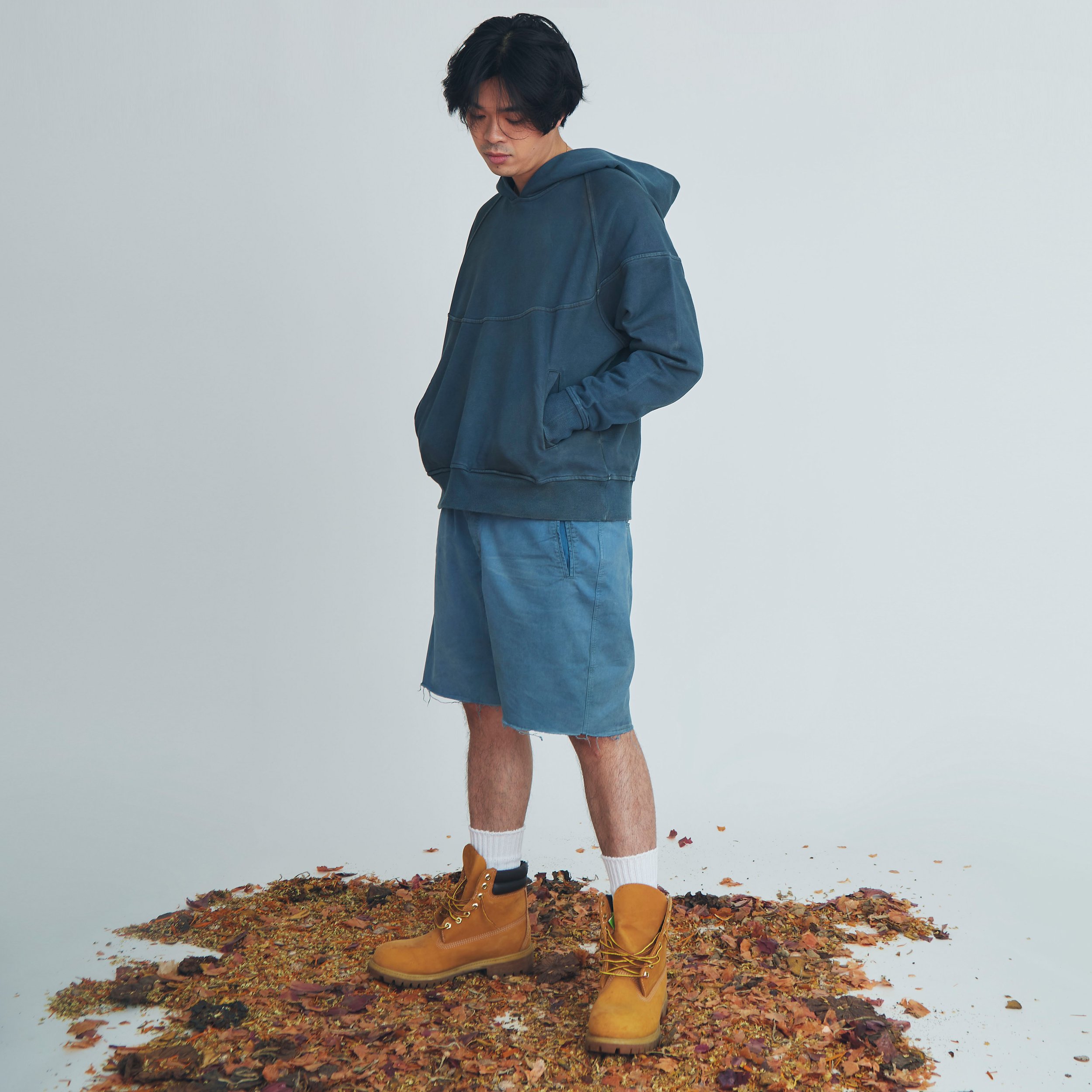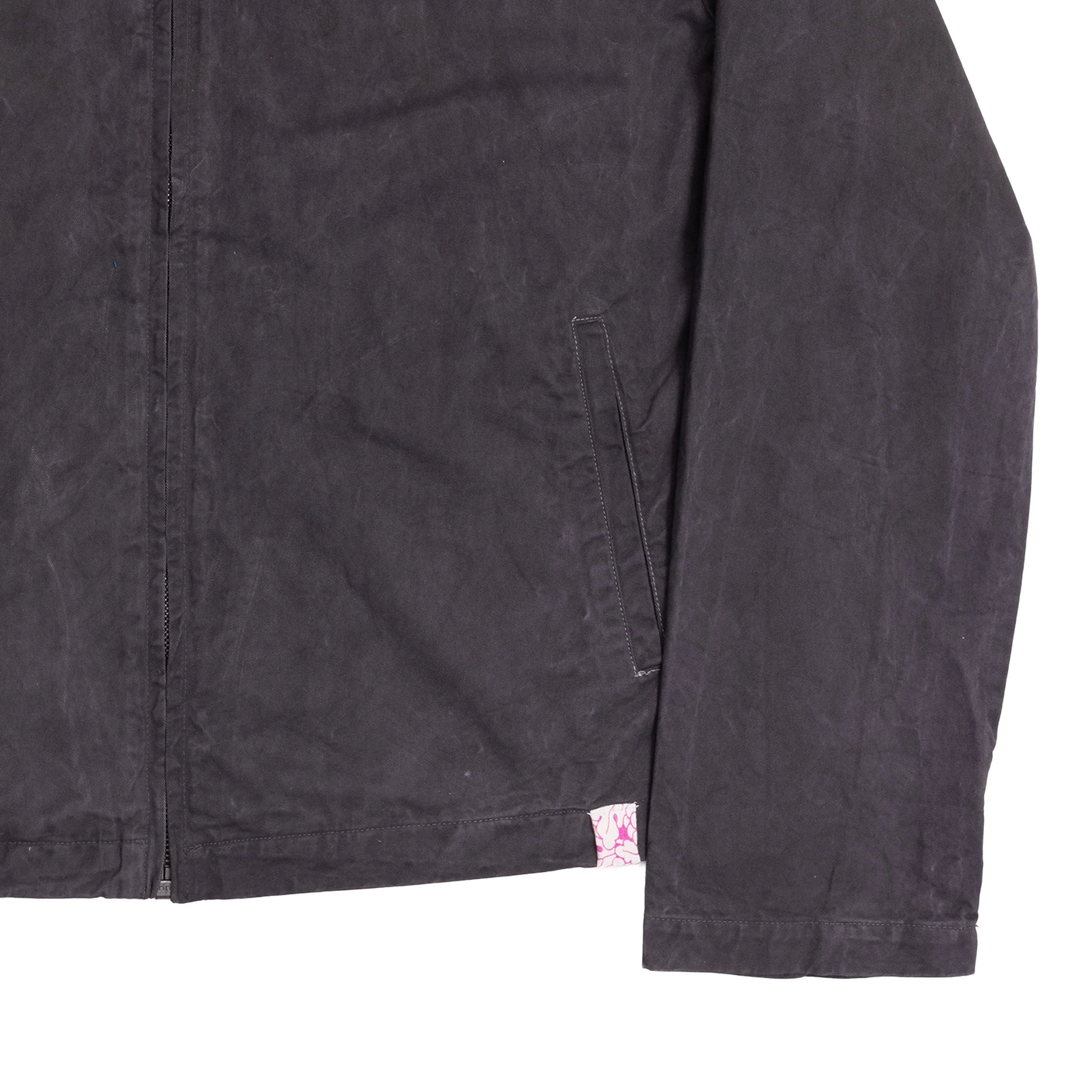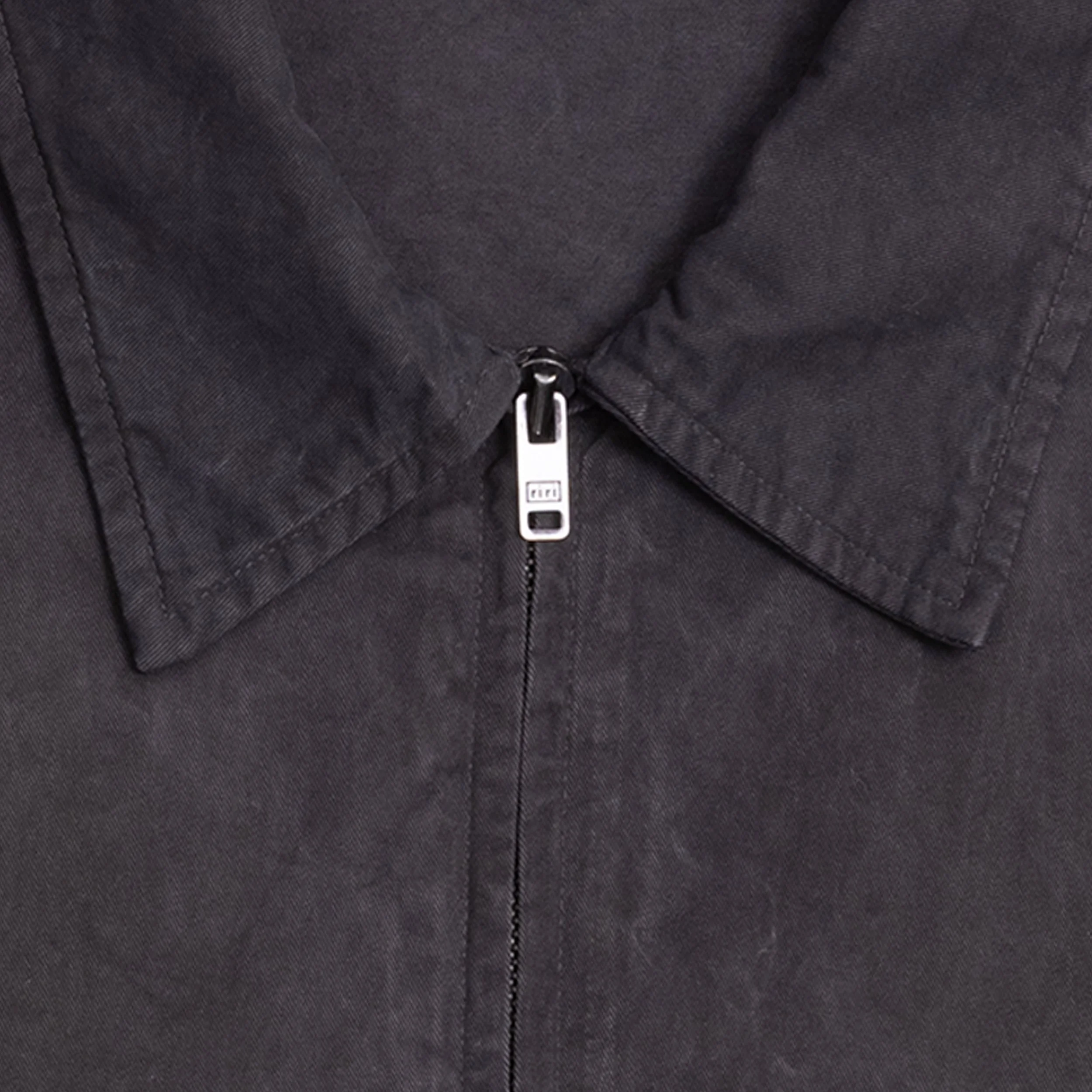 Image 1 of 7
Image 1 of 7

 Image 2 of 7
Image 2 of 7

 Image 3 of 7
Image 3 of 7

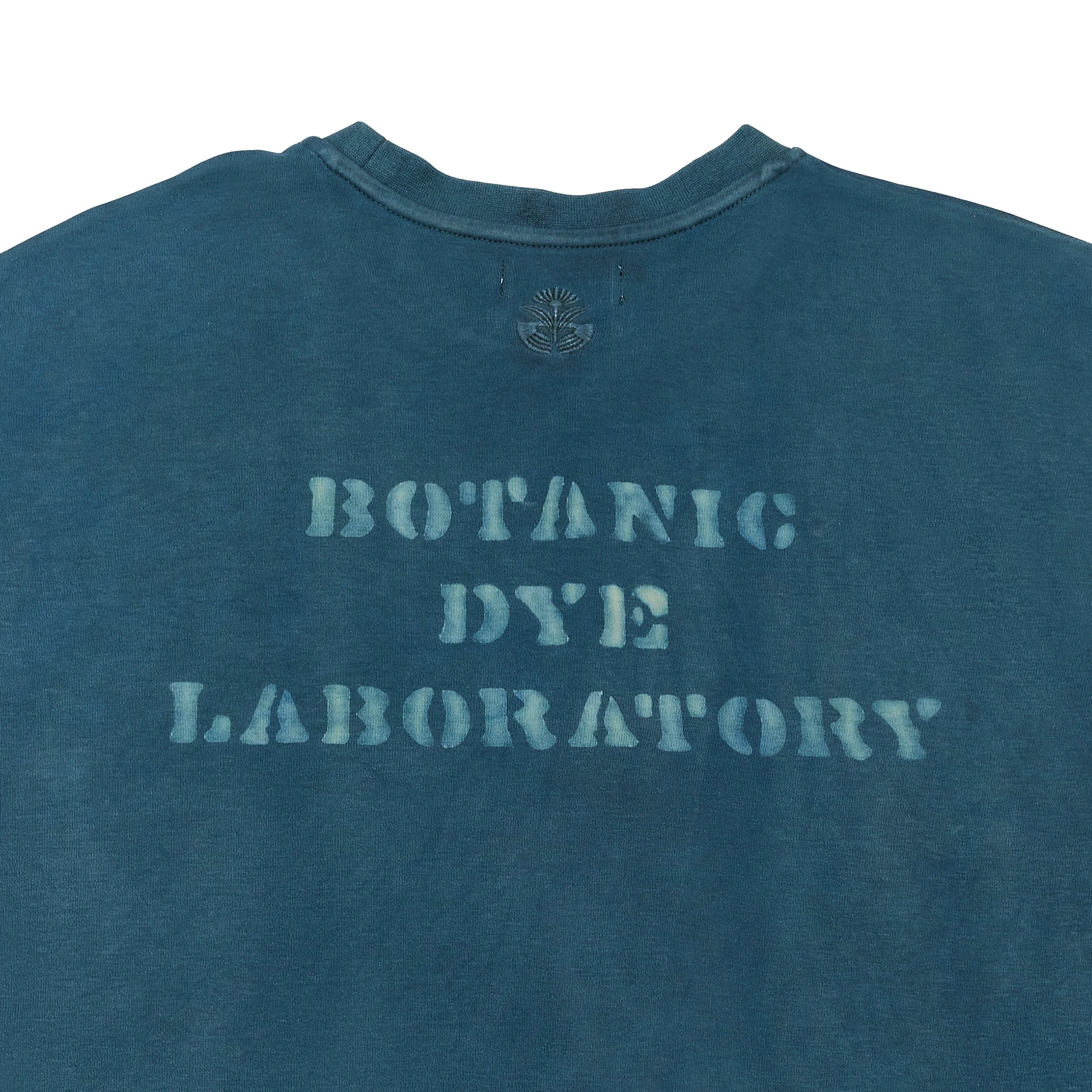 Image 4 of 7
Image 4 of 7

 Image 5 of 7
Image 5 of 7

 Image 6 of 7
Image 6 of 7

 Image 7 of 7
Image 7 of 7








Alunia BDL Natural Dyed Cotton T-Shirt (Level 3) - Tea Indigo
Hand dyed with Black Tea and Indigo
100% Cotton
Designed with a relaxed fit and above-the-belt crop
Each piece will have its own distinctive pattern
Stencil printed with the Botanic Dye Laboratory motif on both the front and back
Labelled with a vintage batik dye tab
Given that the dyeing process is done by hand, it is important to note that there may be variations in colour and occasional colour accumulation at specific points
Please note actual colour and pattern may vary from product image
Tea dyeing, originating in ancient China, harnessed the remarkable power of tea leaves beyond their flavour and medicinal qualities. Chinese artisans uncovered the art of infusing textiles with tea-infused water or boiling them alongside tea leaves, resulting in a mesmerising array of colours. Ranging from gentle browns and beiges to rich sepia and deep greys, this technique gained popularity during the Tang Dynasty (618-907) and underwent continuous refinement over the centuries. Today, tea dyeing imparts a touch of history and natural charm to fabrics, allowing them to exude a vintage aesthetic.
To attain the desired rustic navy effect, it is first dipped in indigo when it is most active. After oxidation and a thorough rinsed, it is then immersed in the multiple rounds of tea dye using black tea infused with mineral ions as the mordant. Tea dyeing imparts a natural and rustic charm to fabrics, enabling the infusion of a vintage or aged aesthetic into the textiles.
Hand dyed with Black Tea and Indigo
100% Cotton
Designed with a relaxed fit and above-the-belt crop
Each piece will have its own distinctive pattern
Stencil printed with the Botanic Dye Laboratory motif on both the front and back
Labelled with a vintage batik dye tab
Given that the dyeing process is done by hand, it is important to note that there may be variations in colour and occasional colour accumulation at specific points
Please note actual colour and pattern may vary from product image
Tea dyeing, originating in ancient China, harnessed the remarkable power of tea leaves beyond their flavour and medicinal qualities. Chinese artisans uncovered the art of infusing textiles with tea-infused water or boiling them alongside tea leaves, resulting in a mesmerising array of colours. Ranging from gentle browns and beiges to rich sepia and deep greys, this technique gained popularity during the Tang Dynasty (618-907) and underwent continuous refinement over the centuries. Today, tea dyeing imparts a touch of history and natural charm to fabrics, allowing them to exude a vintage aesthetic.
To attain the desired rustic navy effect, it is first dipped in indigo when it is most active. After oxidation and a thorough rinsed, it is then immersed in the multiple rounds of tea dye using black tea infused with mineral ions as the mordant. Tea dyeing imparts a natural and rustic charm to fabrics, enabling the infusion of a vintage or aged aesthetic into the textiles.





